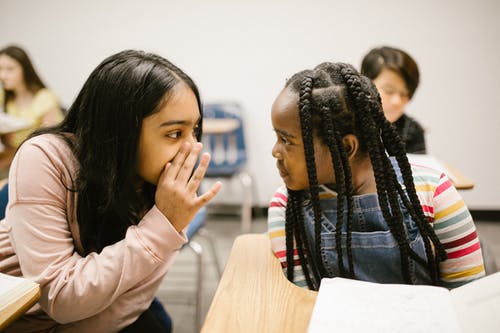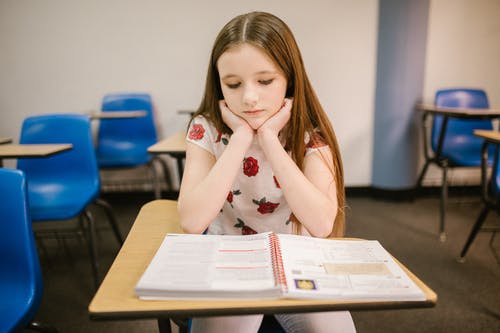Study shows mental health school delivery format disproportionately affects lower income communities.
As children are returning to school, there has been some debate as to whether doing so will positively affect their mental health. On one hand, they’re able to be back in a routine, around their friends, and learning in the more traditional classroom setting, which carries with it some familiarity. Many families are still concerned, however, about their children contracting Covid-19 while around other students. The stress and uncertainty of this can lead to negative mental health outcomes, for the children and their parents.
To make Covid anxiety even worse, lower income areas could mean schools have less funding to follow proposed safety protocols. Lead study author, Matt Hawrilenko, PhD, of the department of psychiatry and behavioral sciences at the University of Washington, Seattle, said, “Schools with lower funding may have had more difficulty meeting guidelines for safe reopening, including updates to ventilation systems and finding the physical space to create safe distancing between children.”

At the same time, the study, published in JAMA Network Open, found that, in general, “virtual schooling was associated with worse mental health outcomes for students, especially older ones, and youth from Black, Hispanic, or lower income families.” This seems to suggest returning would positively affect mindset.
“In the context of complex school reopening decisions that balance competing risks and benefits, these findings suggest that allocating funding to support safe in-person instruction may reduce mental health inequities associated with race/ethnicity and income,” Hawrilenko and his coauthors explained. “Ensuring that all students have access to additional educational and mental health resources must be an important public health priority, met with appropriate funding and work force augmentation, during and beyond the COVID-19 pandemic.”
The study interviewed more than 2,000 parents of school-age children. It was administered in English and Spanish, via both online and by telephone interviews, during the month of December 2020. The study employed the Strengths and Difficulties Questionnaire (SDQ) to assess mental health struggles of “one child per family across four domains, including emotional problems, peer problems, conduct, and hyperactivity” and determine whether returning did, in fact, positively affect the child.
The results showed that during the 2020 school year, “58.0% of children attended school remotely, 24% attended fully in person, and 18.0% attended in a hybrid format.” Moreover, “Fully remote schooling was strongly patterned along lines of parent race and ethnicity as well as income,” the authors noted. “Parents of 336 children attending school in person (65.8%) but of 597 children attending school fully remotely (44.5%) were White, whereas all other racial/ethnic groups had larger proportions of children attending school fully remotely (P < .001).”
The authors concluded that “attending school remotely during the COVID-19 pandemic was associated with disproportionate mental health consequences for older and Black and Hispanic children as well as children from families with lower income.” They explained further, “In the context of complex school reopening decisions that balance competing risks and benefits, these findings suggest that allocating funding to support safe in-person instruction may reduce mental health inequities associated with race/ethnicity and income. Critically, as children return to in-person instruction, mental health inequities may not resolve on their own. Ensuring that all students have access to additional educational and mental health resources must be an important public health priority, met with appropriate funding and work force augmentation, during and beyond the COVID-19 pandemic.”
Sources:
Pandemic-Related School Closures Tied to Mental Health Inequities
The Association Between School Closures and Child Mental Health During COVID-19


Join the conversation!